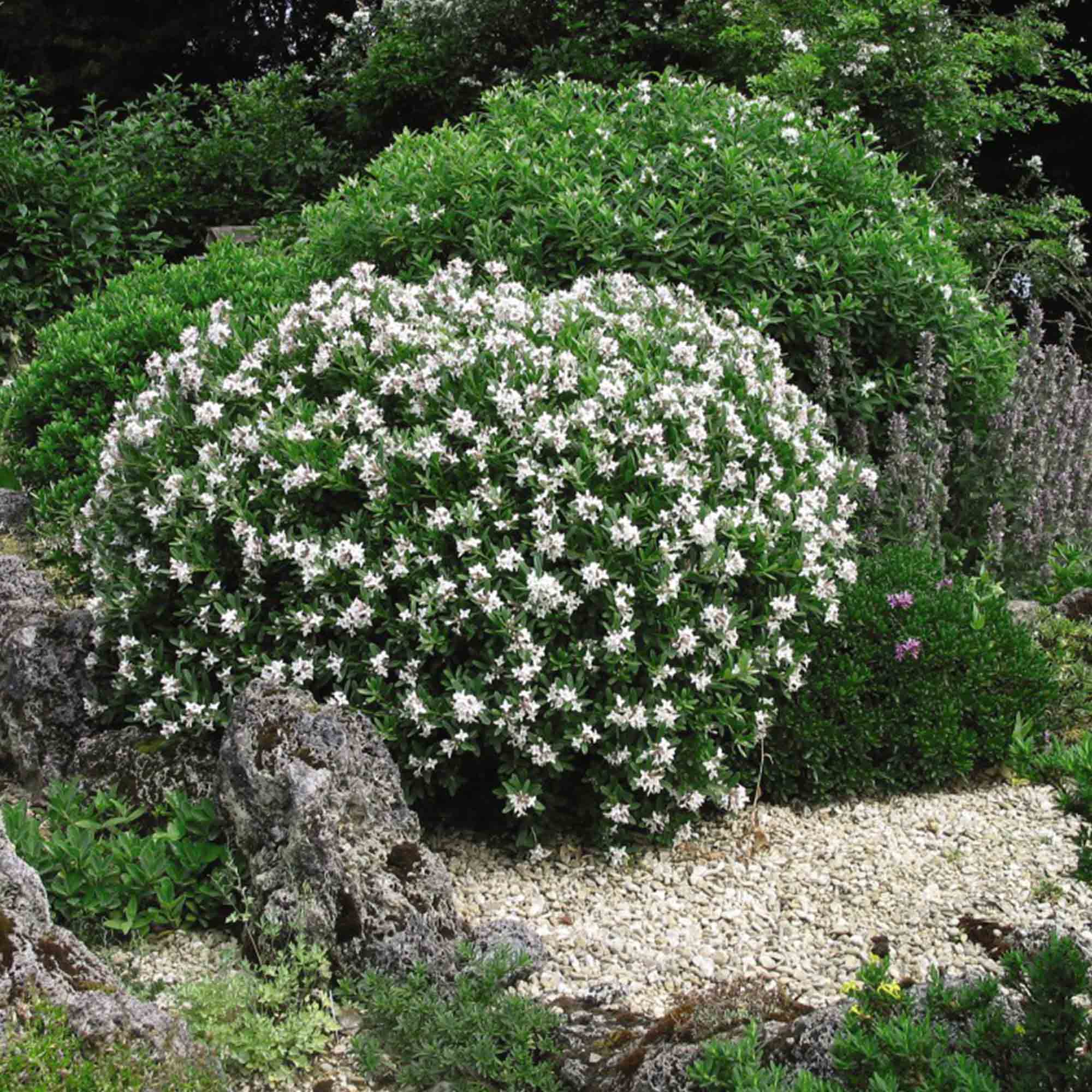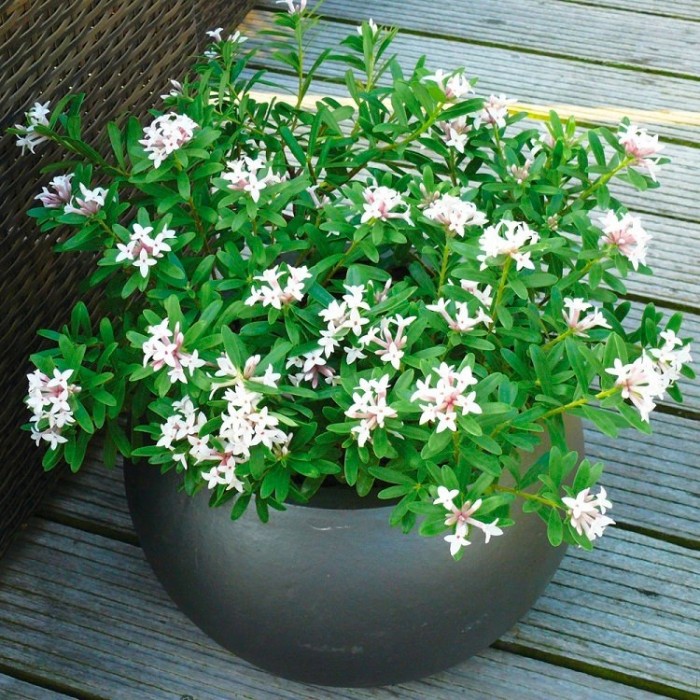Daphne Transatlantica: The Rarest Flower In The World
Daphne transatlantica: The Rarest Flower in the World
Daphne transatlantica is a rare and endangered species of flowering shrub that is native to the Canary Islands. It is also known as the "eterna fragranza" or "eternal fragrance" because of its sweet, intoxicating scent.
The shrub grows to be about 3 feet tall and has dark green, leathery leaves. The flowers are white or pink and are arranged in clusters. They bloom in the spring and early summer.
Daphne transatlantica is a very rare flower. There are only a few hundred plants left in the wild, and they are all located in the Canary Islands. The main threats to the species are habitat loss and over-collection.
The shrub's habitat is being destroyed by development and by the introduction of invasive species. Over-collection is also a problem, as the flowers are highly prized for their fragrance.
In order to protect Daphne transatlantica, the Spanish government has designated it as a protected species. The shrub is also listed on the IUCN Red List of Threatened Species.
There are a number of things that can be done to help protect Daphne transatlantica. These include:
- Conserving the shrub's natural habitat.
- Preventing the introduction of invasive species.
- Educating people about the importance of the species.
- Reducing the demand for the flowers.
If we all work together, we can help ensure that Daphne transatlantica survives for future generations to enjoy.
Main Content
History of Daphne transatlantica
Daphne transatlantica was first described in 1829 by the French botanist Michel Félix Dunal. He named it after the Atlantic Ocean, which lies between the Canary Islands and mainland Europe.
The shrub was originally thought to be widespread in the Canary Islands, but it is now known to be very rare. The only known populations are located on the islands of Tenerife, Gran Canaria, and La Palma.
Threats to Daphne transatlantica
The main threats to Daphne transatlantica are habitat loss and over-collection.
Habitat loss is a major problem for the shrub. The Canary Islands are a popular tourist destination, and the development of tourism has led to the destruction of much of the shrub's natural habitat.
Over-collection is also a problem. The flowers of Daphne transatlantica are highly prized for their fragrance, and they are often collected for use in perfumes and other products. This has led to a decline in the number of plants in the wild.
Conservation efforts
The Spanish government has designated Daphne transatlantica as a protected species. This means that it is illegal to collect or destroy the shrub without a permit.
The government is also working to conserve the shrub's natural habitat. They have established a number of protected areas in the Canary Islands where the shrub can grow.
In addition, there are a number of non-profit organizations that are working to conserve Daphne transatlantica. These organizations are raising awareness about the importance of the species and they are working to develop sustainable methods for harvesting the flowers.
Conclusion
Daphne transatlantica is a beautiful and rare flower that is facing a number of threats. However, there are a number of conservation efforts underway that are helping to protect the species. With continued effort, we can help ensure that Daphne transatlantica survives for future generations to enjoy.
Daphne transatlantica is a beautiful and fragrant shrub that is perfect for adding a touch of elegance to any garden. It is native to the Mediterranean region, but it is hardy in many parts of the world. Daphne transatlantica is known for its sweet, honey-like fragrance, which is especially strong in the springtime. The flowers are small and white, but they are clustered together in such a way that they create a stunning display.
If you are interested in learning more about Daphne transatlantica, I recommend visiting Garden Wiki. This website has a wealth of information about the plant, including its history, cultivation, and care. You can also find photos and videos of Daphne transatlantica, which will help you to get a better idea of what this beautiful shrub looks like.
FAQ of daphne transatlantica
Q: What is Daphne transatlantica?
A: Daphne transatlantica is a species of flowering plant in the family Thymelaeaceae. It is a shrub or small tree that is native to the southeastern United States. It has fragrant white flowers that bloom in the spring.
Q: What are the benefits of Daphne transatlantica?
A: Daphne transatlantica has a number of benefits. It is a beautiful plant that can add a touch of elegance to any garden. It is also a fragrant plant that can help to improve the air quality. Additionally, Daphne transatlantica is a relatively easy plant to care for.
Q: How do I care for Daphne transatlantica?
A: Daphne transatlantica is a relatively easy plant to care for. It prefers full sun to partial shade and well-drained soil. It is drought-tolerant, but it will benefit from regular watering during the summer months. Daphne transatlantica is not particularly susceptible to pests or diseases.
Q: Where can I buy Daphne transatlantica?
A: Daphne transatlantica is available at most garden centers. It is also available online from a number of retailers.
Q: What are some common problems with Daphne transatlantica?
A: The most common problem with Daphne transatlantica is leaf spot. Leaf spot is a fungal disease that can cause brown or black spots on the leaves. It can be treated with a fungicide. Another common problem is powdery mildew. Powdery mildew is a fungal disease that causes a white powdery coating on the leaves. It can be treated with a fungicide.
Image of daphne transatlantica
5 different images of "daphne transatlantica" from Pinterest.com:
- Image 1: A full-grown daphne transatlantica shrub, with dark green leaves and clusters of white flowers.

- Image 2: A close-up of the white flowers of daphne transatlantica, with their distinctive purple stamens.

- Image 3: A young daphne transatlantica plant, with its delicate green leaves and small pink buds.

- Image 4: A single white flower of daphne transatlantica, against a backdrop of dark green leaves.
- Image 5: A group of daphne transatlantica shrubs, in full bloom.
Post a Comment for "Daphne Transatlantica: The Rarest Flower In The World"